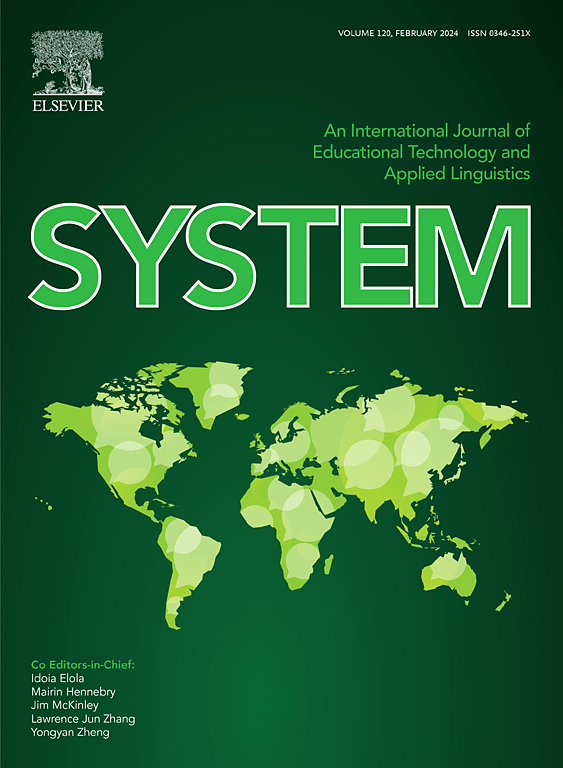肌内脂肪沉积与鸡肉品质的研究进展:遗传学和营养学
IF 6.5
1区 农林科学
Q1 Agricultural and Biological Sciences
引用次数: 0
摘要
鸡肉质量直接影响消费者的接受程度,对家禽业的经济成功至关重要。遗传和营养是肉鸡肉质性状的关键决定因素。本文综述了近十年来该领域的研究进展,重点介绍了调节鸡肌内脂肪(IMF)沉积和肉质的遗传和营养基础。讨论了胚胎营养、母体营养和蛋内饲养(IOF)对肉鸡骨骼肌发育、IMF含量和肉质性状的影响。在遗传学中,单细胞RNA测序显示,从头脂肪生成主要发生在肌细胞中,这是鸡肌肉组织中IMF形成的关键。脂肪酸合成酶(FASN)是参与这一过程的关键酶。这一发现重塑了对家禽肌内脂质代谢的传统认识。FASN、FABP4、PPARG、C/EBPα、SLC27A1等关键基因、蛋白及通路;Lpl, apoa1, col1a1;PPAR和ecm受体相互作用信号已被确定通过调节脂肪酸代谢和脂肪形成来调节IMF的含量和分布。创新地发现LncHLFF通过外泌体介导的机制促进鸡异位IMF沉积,而不影响腹部脂肪沉积。发现MiR-27b-3p和miR-128-3p通过靶向PPARG抑制成脂分化,从而影响IMF的形成。在营养方面,营养基因组学研究表明,果糖通过激活ChREBP来促进IMF沉积,为营养干预提供了新的靶点。调整膳食成分,包括能量、蛋白质、氨基酸、脂肪酸和植物化学物质(如芦丁),已被证明可以显著改善肉鸡的肉品质。母体营养(如能量、氨基酸、维生素和微量元素的摄入)和IOF(如n -氨甲酰谷氨酸)也已被证实对子代肉质有显著影响,为改善胚胎营养开辟了新的途径。基于这些重大进展,本综述提出了整合遗传和营养方法的策略。这些策略旨在调节旁轴间充质干细胞向肌源性或脂肪源性谱系的分化命运以及肌肉和脂肪组织之间的相互作用。这些见解将有助于提高肉品质,同时确保肉鸡的生长性能。本文章由计算机程序翻译,如有差异,请以英文原文为准。
Research advances in intramuscular fat deposition and chicken meat quality: genetics and nutrition
Chicken meat quality directly influences consumer acceptability and is crucial for the economic success of the poultry industry. Genetics and nutrition are key determinants of the meat quality traits in broilers. This review summarizes the research advances in this field, with a focus on the genetic and nutritional foundations that regulate intramuscular fat (IMF) deposition and meat quality in chickens over the past decade. The effects of embryonic nutrition, both maternal nutrition and in ovo feeding (IOF), on skeletal muscle development, the IMF content, and meat quality traits in broilers are also discussed. In genetics, single-cell RNA sequencing revealed that de novo lipogenesis predominantly occurs in myocytes, which is key to the formation of IMF in chicken muscle tissue. Fatty acid synthase (FASN) is the key enzyme involved in this process. This discovery has reshaped the traditional understanding of intramuscular lipid metabolism in poultry. Key genes, proteins, and pathways, such as FASN, FABP4, PPARG, C/EBPα, SLC27A1; LPL, APOA1, COL1A1; PPAR and ECM–receptor interactions signaling, have been identified to regulate IMF content and distribution by modulating fatty acid metabolism and adipogenesis. LncHLFF was innovatively found to promote ectopic IMF deposition in chickens via exosome-mediated mechanisms without affecting abdominal fat deposition. MiR-27b-3p and miR-128-3p were found to inhibit adipogenic differentiation by targeting PPARG, thereby affecting IMF formation. In nutrition, nutrigenomics research has shown that fructose enhances IMF deposition by activating ChREBP, providing new targets for nutritional interventions. Adjusting dietary components, including energy, protein, amino acids, fatty acids, and phytochemicals (e.g., rutin), has been shown to significantly improve meat quality in broilers. Maternal nutrition (e.g., intake of energy, amino acids, vitamins, and trace elements) and IOF (e.g., N-carbamylglutamate) have also been confirmed to significantly impact offspring meat quality, opening new avenues for improving embryonic nutrition. Based on these significant advancements, this review proposes strategies that integrate genetic and nutritional approaches. These strategies aim to modulate the differentiation fate of paraxial mesenchymal stem cells toward myogenic or adipogenic lineages and the interaction between muscle and adipose tissues. These insights would help to improve meat quality while ensuring the growth performance of broiler chickens.
求助全文
通过发布文献求助,成功后即可免费获取论文全文。
去求助
来源期刊

Journal of Animal Science and Biotechnology
AGRICULTURE, DAIRY & ANIMAL SCIENCE-
CiteScore
9.90
自引率
2.90%
发文量
822
审稿时长
17 weeks
期刊介绍:
Journal of Animal Science and Biotechnology is an open access, peer-reviewed journal that encompasses all aspects of animal science and biotechnology. That includes domestic animal production, animal genetics and breeding, animal reproduction and physiology, animal nutrition and biochemistry, feed processing technology and bioevaluation, animal biotechnology, and meat science.
 求助内容:
求助内容: 应助结果提醒方式:
应助结果提醒方式:


